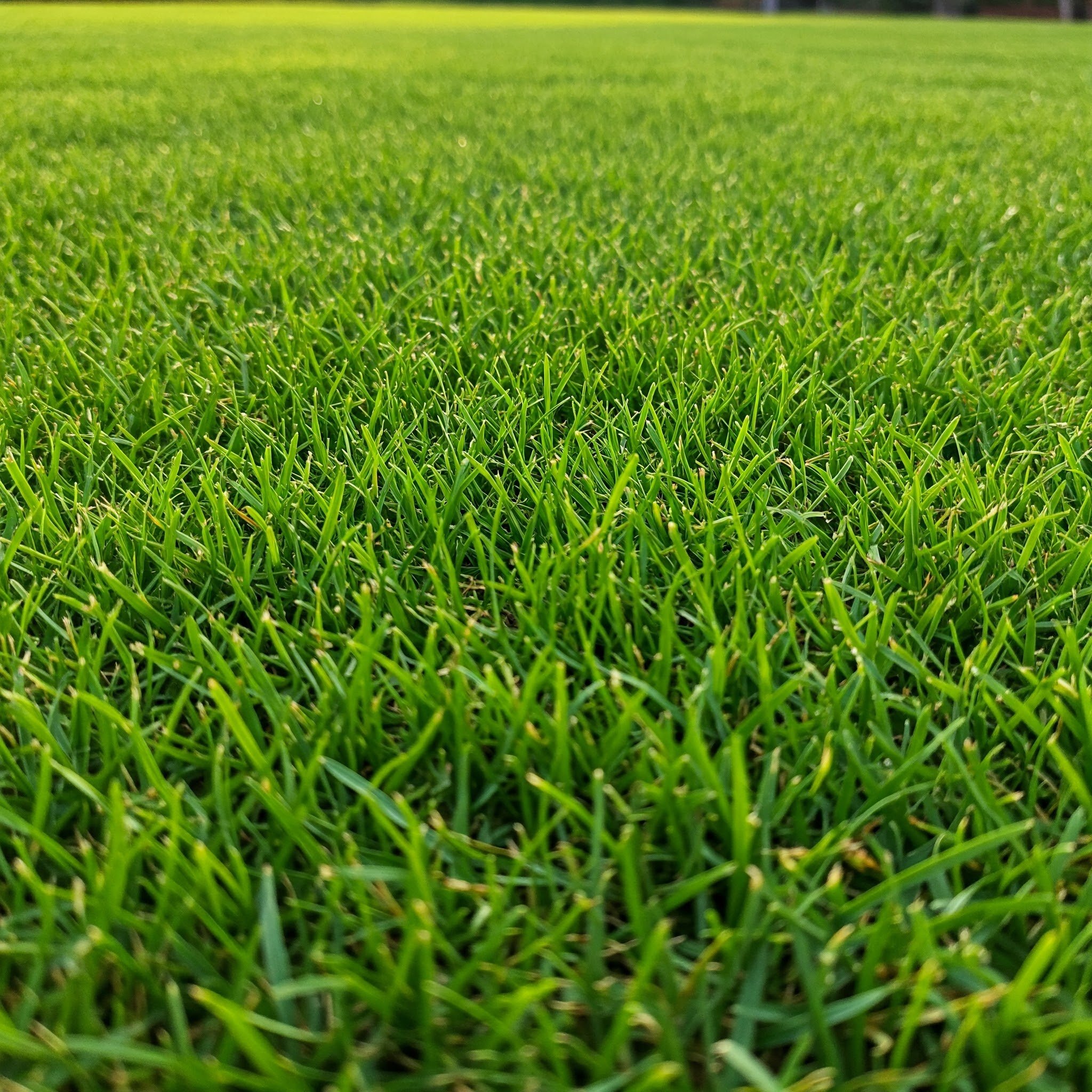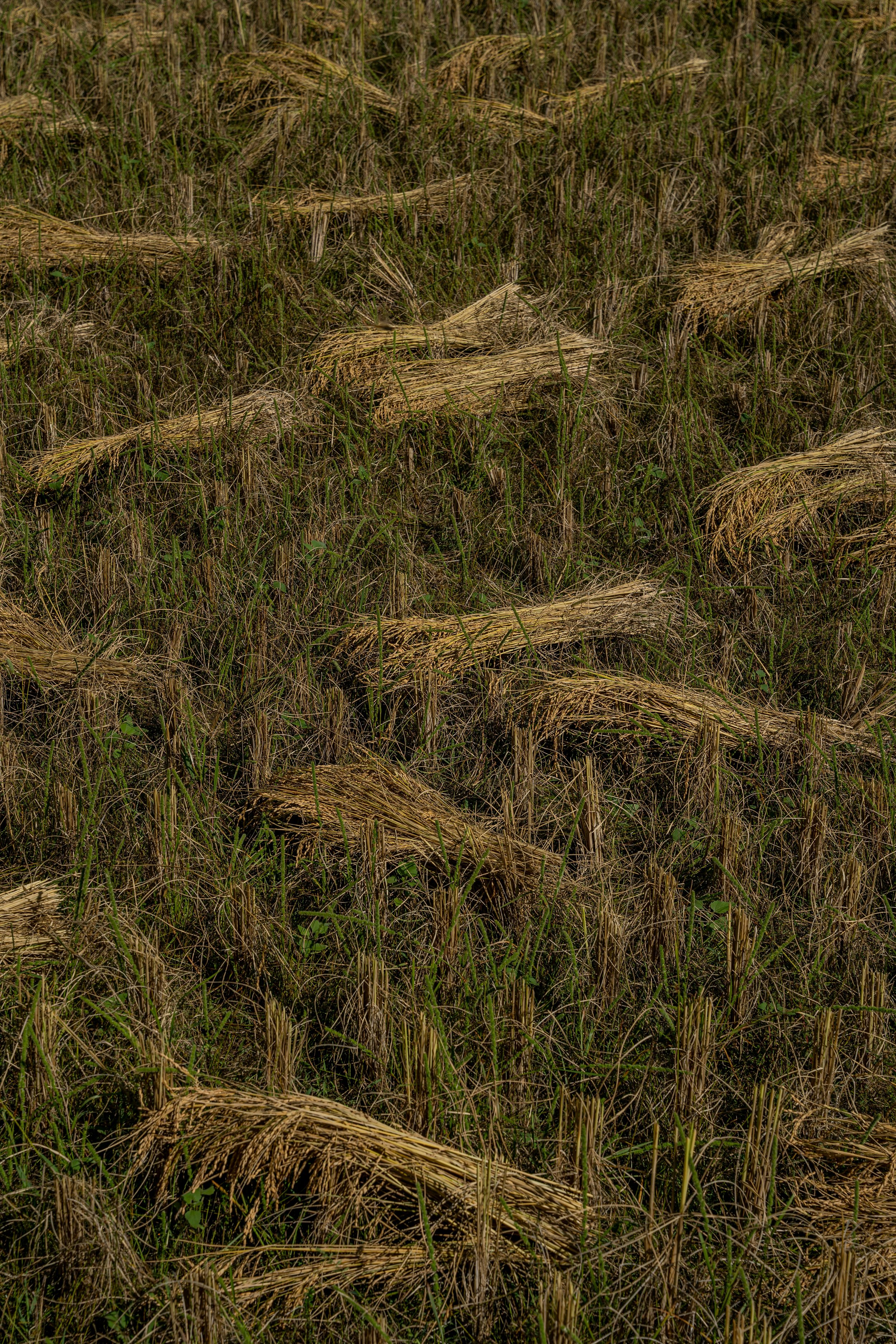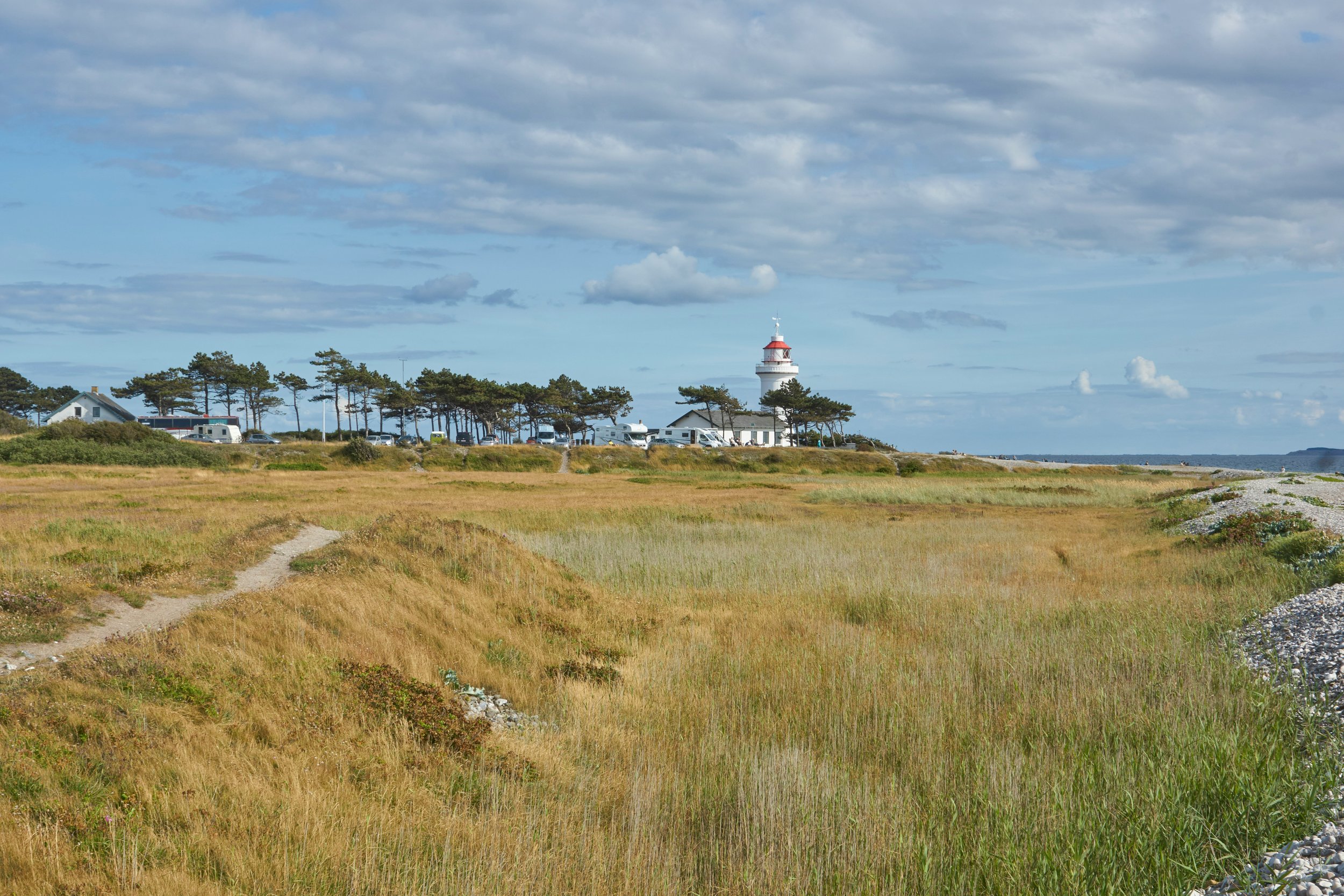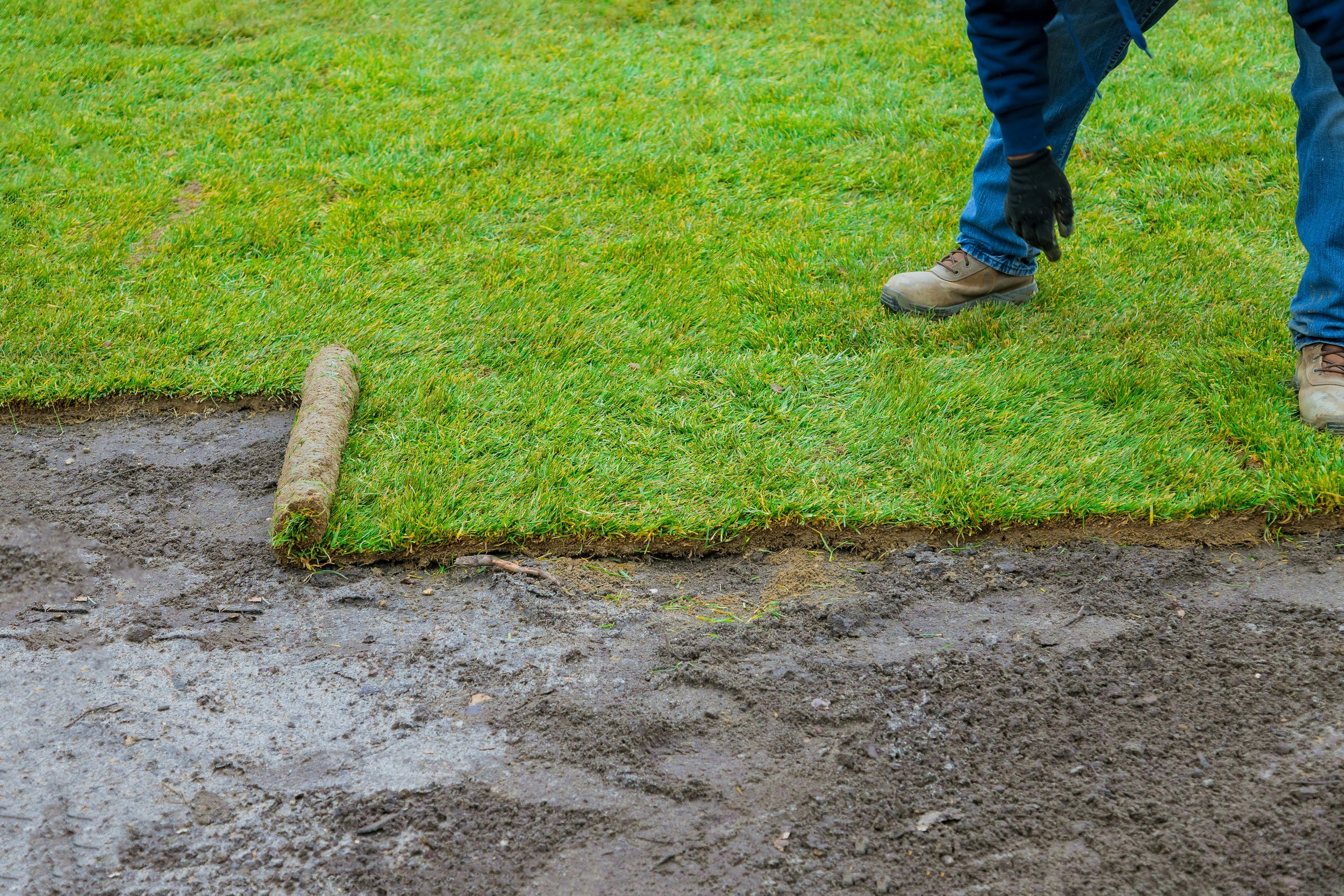Best Time to Plant Grass Seed in the Northeast
Discover the ideal timing and conditions for planting grass seed in the Northeast. This comprehensive guide covers seasonal tips, preparation, and care to ensure a lush, green lawn.
If you’re dreaming of a lush, green lawn in the Northeast, knowing when to plant your grass seed is crucial. Timing can make all the difference in whether your lawn flourishes or falls flat. The Northeast has its unique climate considerations, and with the right strategies, you can establish a beautiful, healthy lawn. So, when is the best time to plant grass seed in the Northeast? Let’s dig in and uncover the details!
Understanding the Northeast Climate
Seasonal Overview
The Northeast experiences four distinct seasons, each with its own characteristics. Here's a quick breakdown:
Spring: Typically cool to mild, with plenty of rain.
Summer: Warm to hot, with occasional humidity.
Fall: Crisp and cool, often with beautiful foliage.
Winter: Cold, snowy, and often harsh.
These seasonal shifts significantly influence the growth patterns of grass, making timing essential for success.
Grass Types for the Northeast
Before we dive into the timing, it’s essential to know which grass types thrive in this region. Common varieties include:
Cool-season grasses (e.g., Kentucky bluegrass, fescue): Ideal for the Northeast, these grasses thrive in cooler temperatures.
Warm-season grasses (e.g., Bermuda, zoysia): Less common in this region, they perform best in hot summers.
For the purpose of this guide, we'll focus primarily on cool-season grasses, as they are more suited to the Northeast’s climate.
Best Time to Plant Grass Seed in the Northeast
Spring Planting
The Benefits
Spring is an excellent time for planting grass seed, particularly in April and early May. The soil is warming up, and you’ll benefit from the following:
Moisture: Spring rains help keep the soil moist, which is essential for seed germination.
Temperature: Soil temperatures between 50°F and 65°F are ideal for cool-season grass seeds.
Longer Days: More sunlight during the spring encourages healthy growth.
Tips for Spring Planting
Prepare the Soil: Remove any weeds and debris, then loosen the soil to improve seed-to-soil contact.
Seed Selection: Choose a high-quality grass seed mix suited for your specific area.
Watering: Keep the soil consistently moist until the grass establishes itself.
Fall Planting
The Benefits
Fall is often considered the best time to plant grass seed in the Northeast, particularly from late August to early October. Here’s why:
Ideal Temperatures: Warm soil temperatures are ideal for rapid germination, providing the perfect environment for seeds to sprout quickly. This is especially beneficial for establishing healthy plants, as the warmth encourages robust root development and ensures a strong start before cooler weather sets in.
Consistent Rain: Fall’s consistent rainfall naturally aids in watering, reducing the need for manual irrigation. This reliable moisture supports root establishment and promotes healthy plant growth, making it an ideal season for planting.
Less Competition: Weeds are less aggressive in the fall, giving your new grass a better chance to establish.
Tips for Fall Planting
Timing is Key: Aim to plant at least 4-6 weeks before the first frost.
Soil Testing: Check your soil pH and nutrient levels, as this will affect grass growth.
Overseeding: If you have existing grass, consider overseeding to thicken your lawn.
Step-by-Step Guide to Planting Grass Seed
Preparing the Area
1. Clear the Space
Before beginning your grass installation, ensure the area is clear of debris, old grass, and weeds. Removing these obstacles creates a clean slate for your new grass, allowing for better seed-to-soil contact and promoting healthy growth. A tidy workspace not only improves the aesthetic but also enhances the overall success of your planting efforts.
2. Test the Soil
Testing the soil is essential for understanding its pH and nutrient levels, providing valuable insights for successful grass growth. Most grasses thrive in a pH range between 6.0 and 7.0, so knowing your soil’s pH allows you to make necessary adjustments. This proactive step helps create optimal conditions for your new grass to flourish.
3. Amend the Soil
If your soil test indicates deficiencies, consider amending the soil with compost or fertilizers to enhance nutrient content. Adding organic matter like compost can improve soil structure and drainage, promoting healthier grass growth. Tailoring your amendments to the specific needs identified in the soil test ensures your grass has the best possible foundation for thriving.
Seeding
4. Choose Your Seed
When selecting grass seed for the Northeast, choose varieties specifically suited to the region’s climate. Look for blends that incorporate Kentucky bluegrass and fine fescue, as these grasses thrive in cooler temperatures and offer a lush, resilient lawn. This combination provides both durability and aesthetic appeal, ensuring a vibrant landscape throughout the seasons.
5. Seeding Method
You can sow seeds using several methods:
Broadcasting: Hand-sowing or using a broadcast spreader for even distribution.
Drilling: A seed drill ensures optimal soil contact and prevents birds from eating the seeds.
6. Rate of Seeding
When seeding a new lawn, it’s important to follow the recommended application rate on the seed package, which typically ranges from 3 to 5 pounds per 1,000 square feet. Adhering to these guidelines ensures optimal seed coverage, promoting healthy growth and establishing a dense, lush lawn that can withstand the elements.
Watering
7. Watering Schedule
Immediately after planting, water your lawn gently to avoid washing away the seeds. Keep the soil consistently moist for the first few weeks.
8. Adjusting Watering Techniques
Frequency: Water every day or every other day for about 10-15 minutes, gradually increasing to every 3-4 days as the grass establishes.
Deep Watering: Once established, shift to deeper, less frequent watering to encourage deep root growth.
Maintenance
9. Fertilization
Applying a starter fertilizer high in phosphorus is crucial for helping your grass establish strong roots. This nutrient promotes healthy growth and supports the early development of your lawn. A soil test can guide you in selecting the right fertilizer product, ensuring that you provide the specific nutrients your grass needs for optimal establishment.
10. Mowing
Once your grass reaches a height of about 3 to 4 inches, it’s time to mow. Cutting it at this stage encourages lateral growth, helping to thicken the lawn and promote a lush appearance. Regular mowing not only maintains a tidy look but also contributes to overall grass health and vigor.
11. Weed Control
Be vigilant in controlling weeds, particularly during the early stages of grass growth when competition for resources is high. Hand-pulling is a straightforward method for small infestations, while spot-treating with targeted herbicides can effectively manage larger weed problems. Early intervention is key to ensuring your new grass thrives without being overshadowed by unwanted plants.
Conclusion
Knowing the best time to plant grass seed in the Northeast can set the stage for a vibrant, lush lawn. Whether you choose to plant in spring or fall, following the right steps will ensure that your grass grows strong and healthy. Don’t hesitate to take the plunge—get those seeds in the ground and enjoy the beautiful results! Happy planting!
Read next: How to Revive Dead Grass: Step-by-Step Guide
Frequently Asked Questions
1. Can I plant grass seed in the winter?
While it's not ideal, some homeowners opt for winter sowing. However, it typically leads to poor germination due to cold temperatures.
2. What type of grass is best for shaded areas?
Fine fescue grasses, such as creeping red fescue or chewings fescue, are excellent for shaded areas in the Northeast.
3. How do I know if my grass seed is still viable?
Check the seed's expiration date and do a germination test by placing some seeds in a damp paper towel to see if they sprout.
4. Should I aerate before seeding?
Yes, aerating the soil before seeding can help improve seed-to-soil contact and allow water and nutrients to penetrate more effectively.
5. How long does it take for grass seed to germinate?
Typically, cool-season grass seed takes 7 to 14 days to germinate, depending on the variety and environmental conditions.
Stay up to date with our latest ideas!












